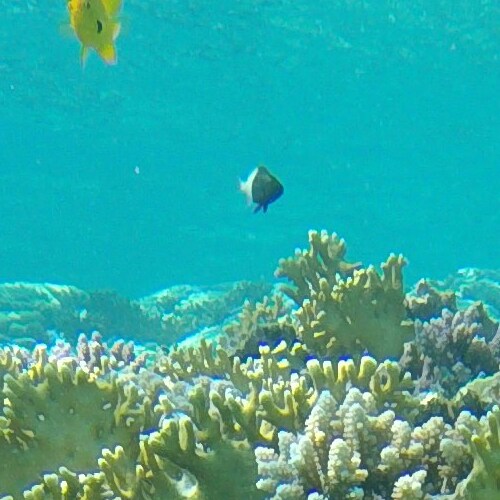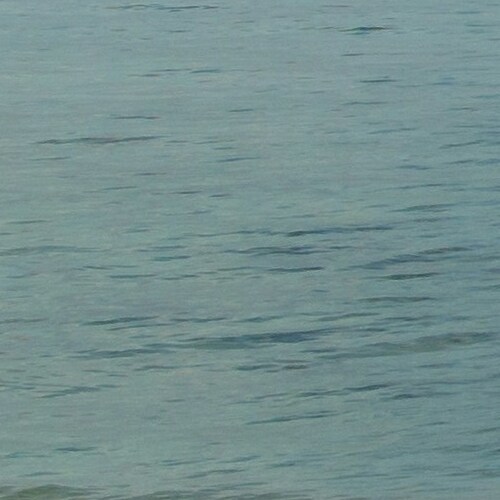No other nation in the world says ‘Welcome’ as often as the Egyptians, and every time, they mean it. While the ancient civilization of Egypt continues to amaze, contemporary Egyptians are equally remarkable.
Sharm El Luli
Paradise (AKA Sharm El Luli or Ras Hankorab) is located some 60 km south of Marsa Alam town – about halfway to Berenice – that’s if you believe the hype surrounding this remote sandy beach and lagoon.
SO, WHAT’S IT REALLY LIKE?
It’s a stretch of long mostly pancake flat sandy beach with a few rocky outcrops and a shallow sandy bottomed stretch of water, flanked by coral reefs. At low tide (and the tidal range here is limited) it’s a perfect lagoon and it’s easy to wade in thanks to the gentle gradient of the sea bottom which eventually leads out to deeper waters with a maximum depth of 20 metres to the shore side of the reefs.
The coast at Sharm El Luli unusually runs east west with the small headland to its’ north sheltering it slightly from the prevailing winds. It’s important to stress slightly because, while there is a stunning mountainous backdrop inland to the east, the immediate surroundings are (the occasional mound of stones or boulders excepted) extremely flat.
However, the headland and the surrounding reef, which is widest near the open sea at the eastern flank, do ensure that the lagoon is usually calm and most visitors comment on the crystal clear waters and the different colors – the contrast so striking that it can easily be seen from Space. If you don’t believe that just take a glance at the satellite image at the page bottom.
However, underwater visibility is not always perfect due to the sandy bottom which can be stirred up on windy days or sometimes in busy periods, by too many divers or snorkelers on or near the seabed.
But despite its’ increasing popularity, the area is totally undeveloped – no hotels, no restaurants, no shops, no bars, no toilets, no fixtures of any sort – which in part is the main attraction.
Thankfully regulations on construction are strict here as the beach as well as the surrounding desert and coastline lie inside the Wadi El Gemal (“Valley of the Camels”) National Park – which also means that it’s a great location for enjoying the protected virgin reefs and exotic marine life.
AND WHAT’S THE SEA LIFE LIKE?
There is an impressive – aquarium-like – to use brochure speak – diversity of fish as well as many different types of colorful coral.
If you spend time snorkeling you can marvel at the quick darting movements of the butterfly fish, the slower skulking behavior of solitary groupers or puffer fish, the exotic colored Napoleons and the bright orange clownfish, made famous by the film “Finding Nemo”, usually hiding among anemone tentacles.
Perhaps most beloved and remembered by visitors are the sightings of the photogenic sea turtles that come to feed on either the corals or the extensive sea-grass meadow in the lagoon area.
HOME OF THE ENDANGERED HAWKSBILL TURTLE
A study by the local conservation group HEPCA of Red Sea turtles in southern Egypt revealed that almost half of all identified hawksbill turtles in the region were spotted at Sharm El Luli and that furthermore two thirds of all sea turtle sightings were made within the surrounding Wadi El Gemal area. So if you are a turtle lover, Sharm El Luli, definitely merits a visit.
However, do not be persuaded by salesmen that you are guaranteed to see turtles or dugong sea cows or other rare marine species. As always with wild creatures, especially those whose status is considered vulnerable to extinction – it is always a matter of luck.
The sad news is that the World Conservation Union now consider the hawksbill turtle critically endangered. Its’ beautiful shell has made it the target of poachers worldwide and its’ range of available nesting sites reduced as more and more resorts have spread out along the coast
But miraculously, at Sharm El Luli, probably due to the relative protection of the surrounding National Park, your chances of seeing sea turtles, including the hawksbill, are usually good – perhaps fifty or greater.
You can distinguish the hawksbill from other sea turtles by its’ elongated head that ends with a pronounced and slightly hooked beak-like mouth (hence its’ name). They are large creatures (typically weighing around 80kg) and have a long-life span of up to fifty years.
You are most likely to see them around the reef area while turtles you see feeding on the seagrass are more likely to be the green turtles, equally photogenic, equally large and also with large flipper like limbs, although without the hawksbill’s distinctive claws.
Sharm El Luli is usually a lot quieter than Marsa Alam’s other famous beach at Abu Dabbab, but it does depend on the season, the time you go and luck. Sometimes you might find you have the entire beach to yourself –
Unfortunately, there is no reliable rule as to whether morning or afternoon will be busier but it is a large beach so there’s plenty of space especially if you don’t stop as soon as you arrive on the beach, where it’s most likely to get busy, but walk a little further along.
8 THINGS TO BRING WITH YOU
1. Sun cream, sun glasses and a hat because the sun can be relentless. Sharm El Luli really is in Egypt’s Deep South, and just one degree from the Tropic of Cancer – currently at approximately 23’30 North. The sun is unforgiving in summer and you can get burned even in mid-winter !
2. Sensible clothing that will keep you protected from the sun including, if you are vulnerable to sun burn, a t-shirt for snorkeling. Also bring some sensible shoes for walking so that you don’t cut your feet on the occasional sharp rocks.
3. Bring a mat or rug for the sand or even some large extra towels – as there are no sun beds or deck chairs on the beach.
4. Bring plenty of soft drinks and some large bottles of drinking water. If you don’t need it, there probably be someone else who will. A cooler bag if you have one would be great – or if not you can ask the hotel kitchen in the morning if they can give you some ice in a water proof bag to store the drinks. ( If you are visiting with Steven’s excursions some soft drinks are usually included – please check for excursion details with customers@travel2egypt.org)
5. There is almost no shade available so, if you must have shade, ask if your guide can bring a beach umbrella. (A sun umbrella/parasol is normally provided by Steven’s excursions – please check for excursion details with customers@travel2egypt.org)
6. Bring toilet paper – there are no toilets!
7. Don’t forget your snorkeling equipment (if your guide isn’t bringing any -if you are going with Travel2Egypt this is provided for you – please check all excursion details with -customers@travel2egypt.org- as well as swimwear and a towel.
8. An underwater camera will be great but any sort of camera – even if your mobile phone one is a great asses – If you want a new profile photo on Facebook – your portrait against the crystal clear blue waters of Sharm El Luli will really stand out.
Crystal clear water – crystal clear images of Sharm El Luli’s reef and sea life.
OTHER IMPORTANT TIPS
1. Try to find the time to spend at least three hours to make the journey worthwhile.
2. Take time to stroll along the beach if you want to fully enjoy this great natural wonder.
3. Remember that some of the reefs are far from the shore and you can wade out a long way – so do keep an eye on how far you are from the shore line.
4. If you are not a very strong swimmer it’s probably best to use a life jacket when snorkeling to minimize any possible risk.
5. Avoid going to Sharm El Luli on windy days – the sea will be choppy, underwater visibility will be poor, there will be a lot of sand in the air and it will be almost impossible to enjoy the beach.
ENVIRONMENTAL CODE
1. Don’t touch any marine life, especially turtles. While some sea turtles might seem oblivious to the presence of divers and snorkelers, others may be less used to being in the company of humans and might become stressed. This is particularly important during the summer turtle nesting season.
2. Also some marine creatures are dangerous to touch such as stone and lion fish.
3. If you see any plastic cups, bags or bottles left on the beach please collect them. Plastic is easily ingested by marine animals and birds with fatal consequences.
4. Remember it is illegal to fish at Sharm El Luli as it is located within a National Park.
5. Take care with your flippers near the sea bed as to not disturb the sand. It doesn’t just annoy others but too much sand in the water can damage the sea grass on which much marine life including green turtles and dugongs depend.
6. You might see fossils in the rocks but please do not remove them or anything else from the beach
Created On 18 March, 2020
Updated On 23 Sept , 2024
MARSA ALAM Travel Guide



